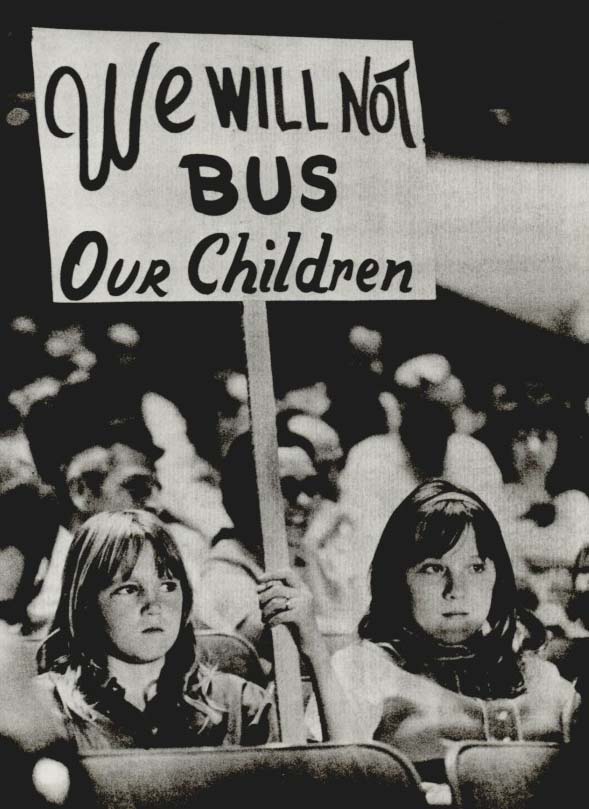
BUSING.
For many years, particularly in southern states and rural areas, children have used public transportation in order to attend schools. However, the use of bus transportation to achieve school integration arose principally after the 1971 U.S. Supreme Court decision in Swann v. Charlotte-Mecklenburg Board of Education. In that case, the Supreme Court held that large, metropolitan public school districts had an affirmative duty to dismantle desegregated schools that had been racially segregated by the command of law or by the school board's deliberate actions. This affirmative obligation moved beyond the voluntary integration of the public schools that had been the focal point of the 1954 U.S. Supreme Court decision of Brown v. Board of Education of Topeka, Kansas. In Swann, the Supreme Court approved cross-district busing for public school integration, a plan devised by a North Carolina U.S. District Court, which had first heard the case.
In Oklahoma, court-ordered school busing for public school integration purposes was adopted only in Oklahoma City. Through a series of federal court cases known as Dowell v. Oklahoma City (originally filed on October 9, 1961), the Oklahoma City Public School District was ordered to adopt a plan of public school integration. This was based on a finding made by U.S. District Judge Luther L. Bohanon on July 11, 1963, that the Oklahoma City School District was operating a dual school system in violation of the Equal Protection Clause of the Fourteenth Amendment of the U.S. Constitution. In 1972 the Oklahoma City Public Schools were ordered to develop desegregation plans so that individual school student populations would be reflective of the overall minority student population in the district.
The school district and its majority white patrons actively resisted the district court's initial desegregation orders. Therefore, Judge Bohanon ordered the school district to develop a plan for cross-district busing of students. The Oklahoma City Public School District remained under court order until 1991. In that year the federal courts determined that the school district was now a unitary district and one in which the original segregated conditions were no longer the prevailing conditions. Bohanon then released the Oklahoma City Public School District from further direct federal court supervision. As a result of the lengthy litigation in Dowell, the Oklahoma City School District became one of the first in the nation to return to neighborhood schools after years of court-ordered cross-district school busing.






